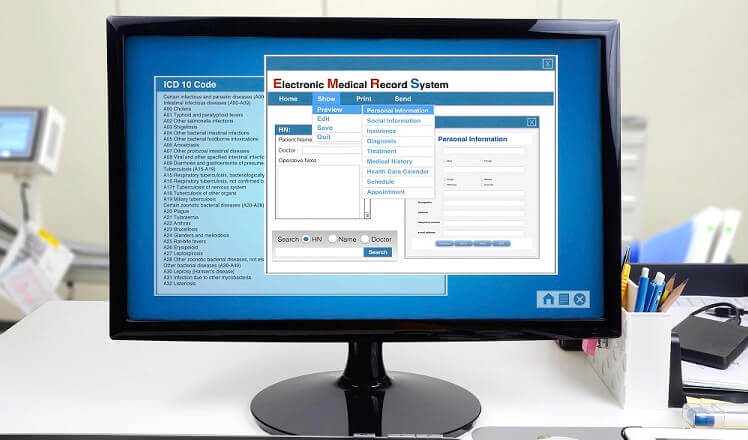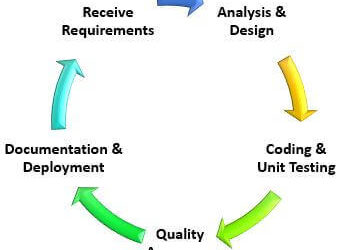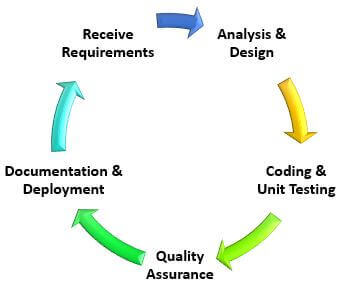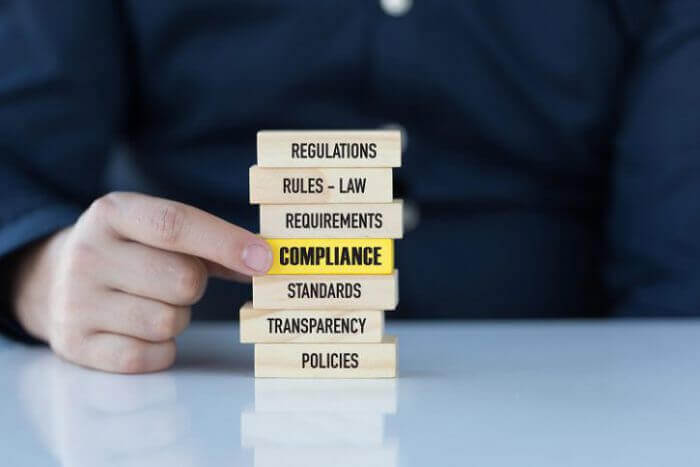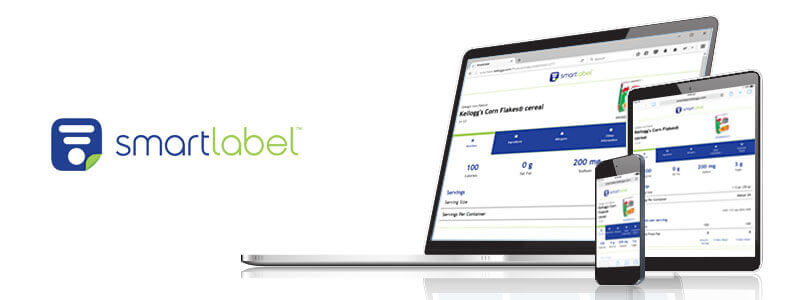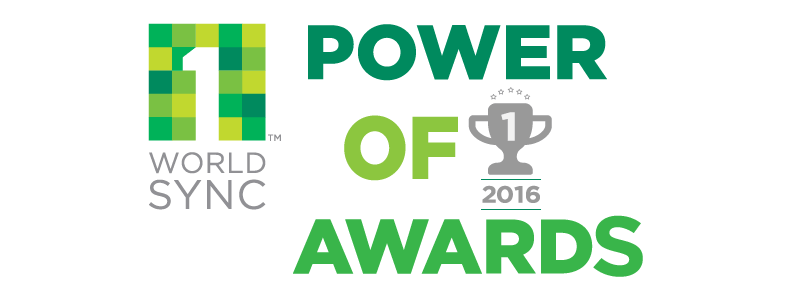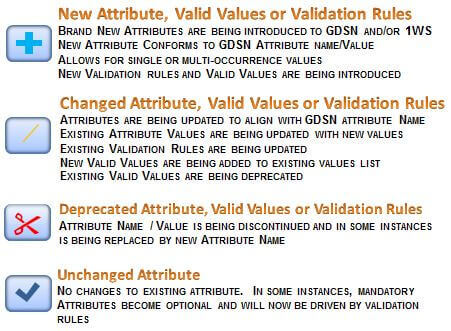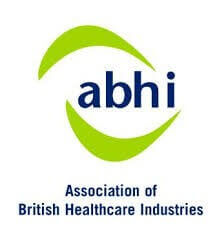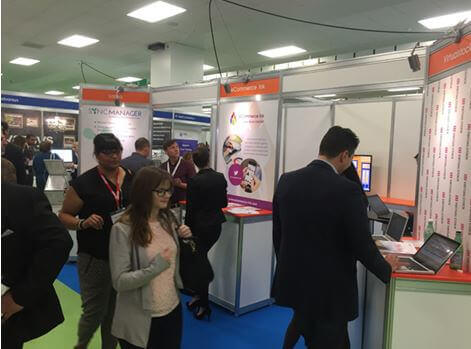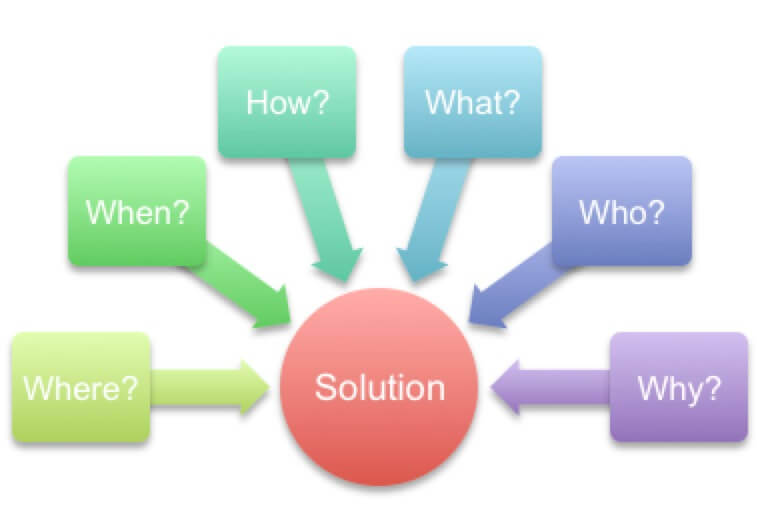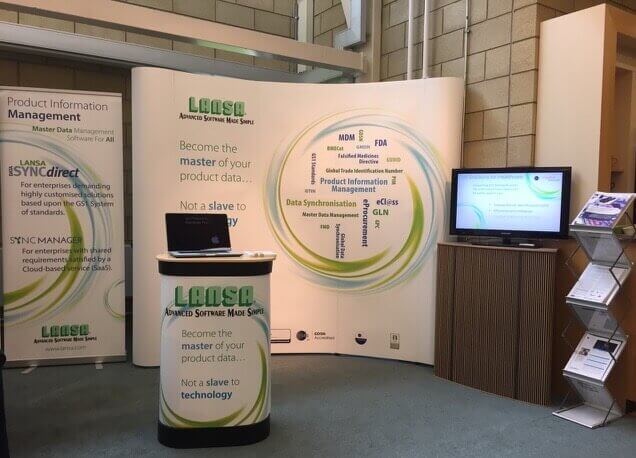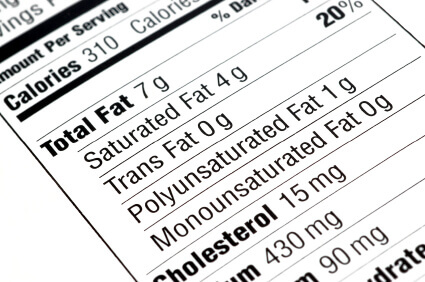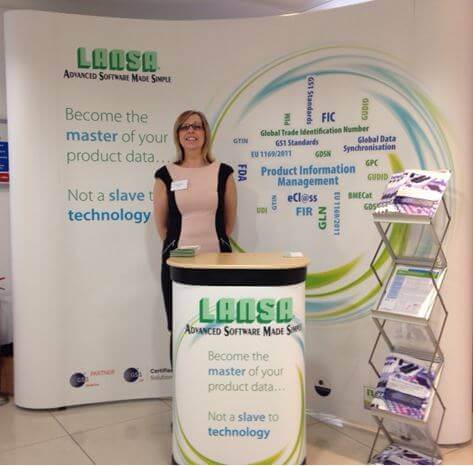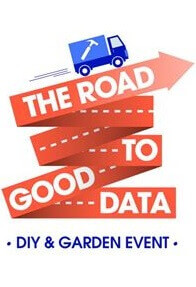The European Union and the Electronic Patient Record (EPR)
It may seem that the EU interferes in our day-to-day lives, stories of bananas having to be straight, light ale having to change its name and ambulances having to be painted yellow to comply with EU legislation are vaguely amusing (and all, incidentally, untrue). The hand of the EU reaching over a clinician’s shoulder to interfere with what they put in a patient’s record might sound equally fictitious (if not horrific) but it is very likely to happen soon to the benefit of patients, the health service and its suppliers.
The mechanism of this ‘interference’ has come in the form of delegated legislation aimed at removing counterfeit medicines and devices from the EU’s healthcare supply chain and resolving the problems caused by the current inability to track individual pharmaceuticals to an individual patient in any meaningful way.
The ultimate focus of the mechanisms proposed by the eProcurement Strategy is the point at which a clinician uses or dispenses an item to a patient. This will be done by means of scanning the GS1 barcodes on the patient’s wristband as well as the products used or administered. The information about when and where each product has been used then becomes permanently associated with each patient’s electronic record.
In other articles we have discussed how this point-of-use scanning is the source of the information flow that underpins the eProcurement Strategy and enables other functions such as verification.
The EU legislation which is currently most developed is the Falsified Medicines Directive (FMD). This Directive has already exorcised the pharmaceutical industry in securing the quality of their supply chain from raw materials (Active Pharmaceutical Ingredients, APIs) to manufacture according to Good Manufacturing Practice. Over the next two-three years, the directive will turn its attention to the downstream supply chain, from manufacture to the patient.
The two most obvious requirements will be tamper evident seals on all packaging combined with a serial number on each individual package. This serial number must be able to be cross-referenced with a central database (the European Medicines Verification System) to validate the authenticity of the product. The part of the legislation, which has attracted little attention to date, is the requirement for the healthcare provider delivering the product, to record the use of that product against that patient.
The serial numbers proposed under this legislation can be (according to GS1 standards) up to 20 digits long and composed of letters and numbers. The idea of manually transposing these details into paper records, for every pack dispensed, is argument enough to install barcode scanners. The ability to use these same scanners to comply with and enhance the benefits promised by the eProcurement Strategy is a point often overlooked.
The ubiquitous use of the GS1 system in supermarkets around the world is testimony to the fact that single (or at the least interoperable) systems can meet a number of requirements through simple processes. If different scans and processes were required at different points in the product’s journey then efficiencies would not be realised. Imagine having to scan your shopping two or three times; once to inform the manufacturer of the products’ use, once to update the store’s inventory system and finally to calculate the price of your basket. You simply wouldn’t do it; you’d find another, better way.


